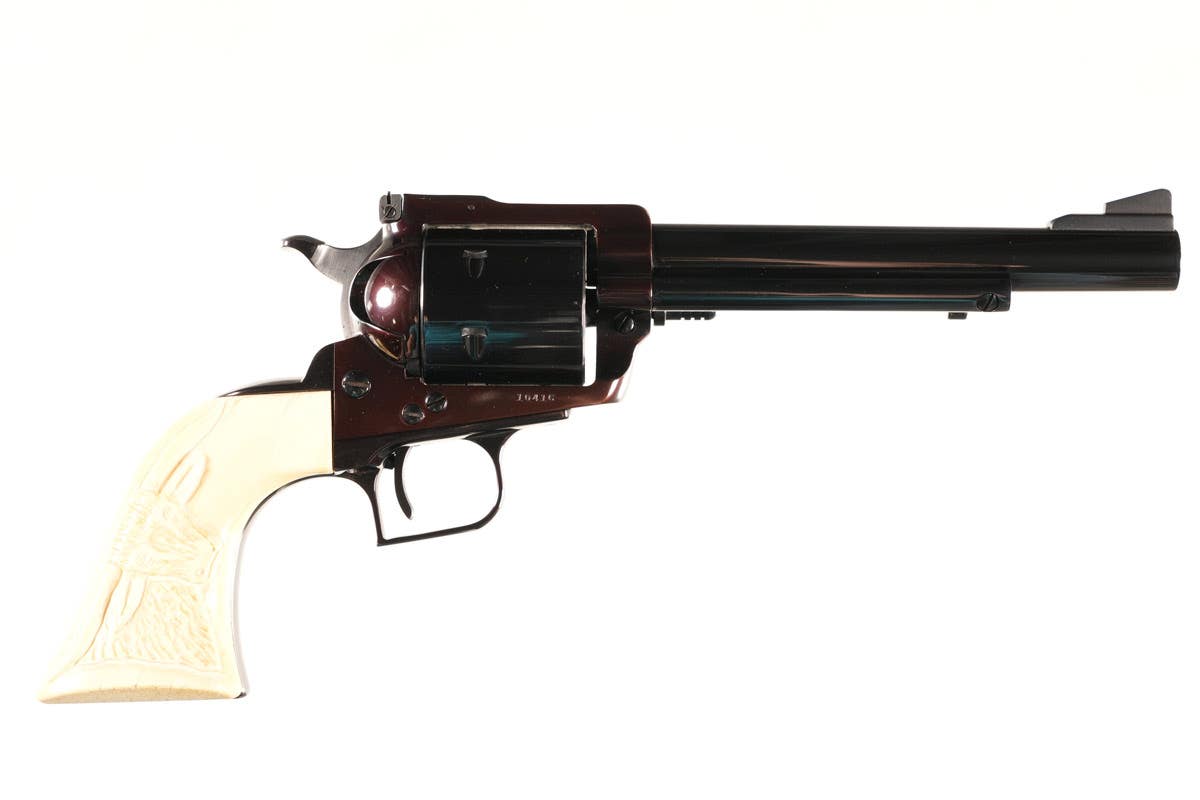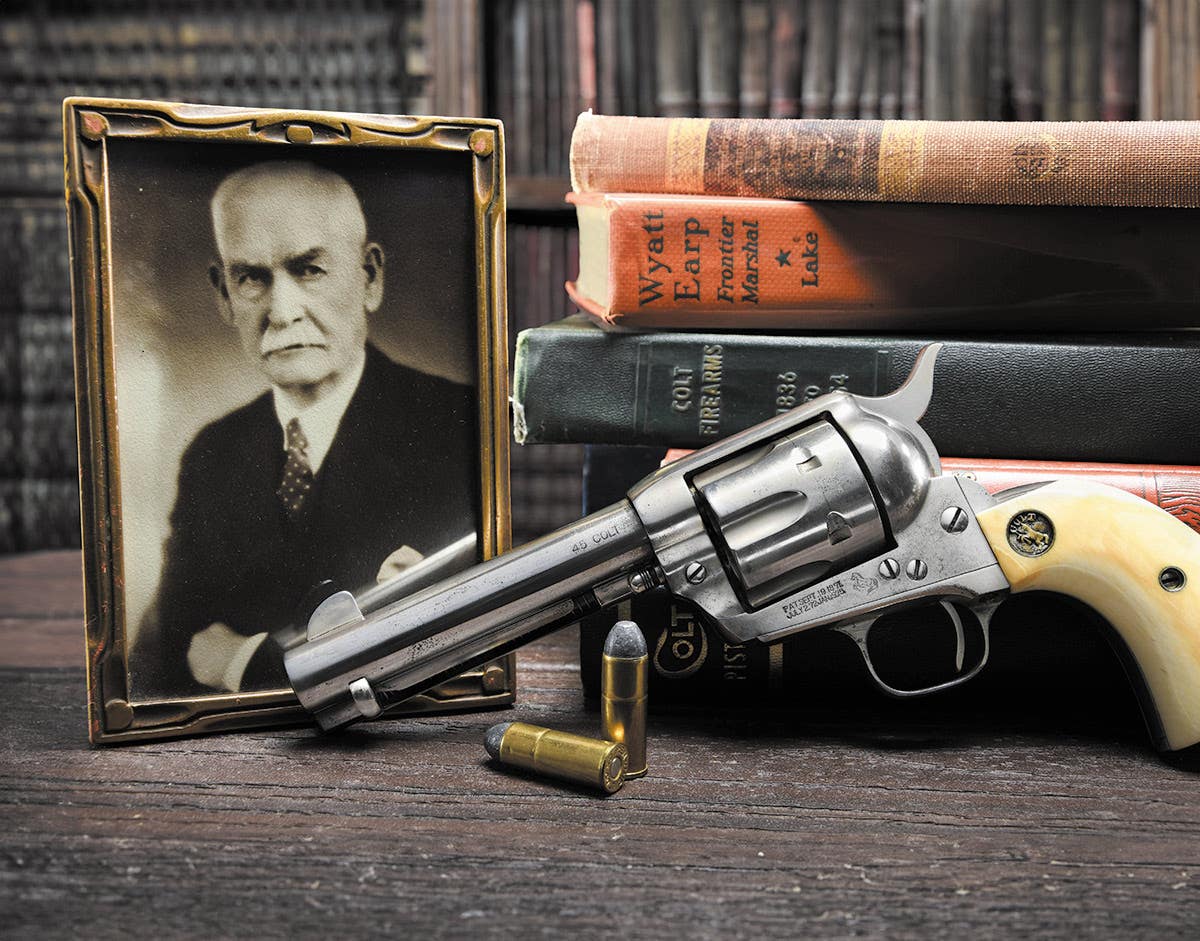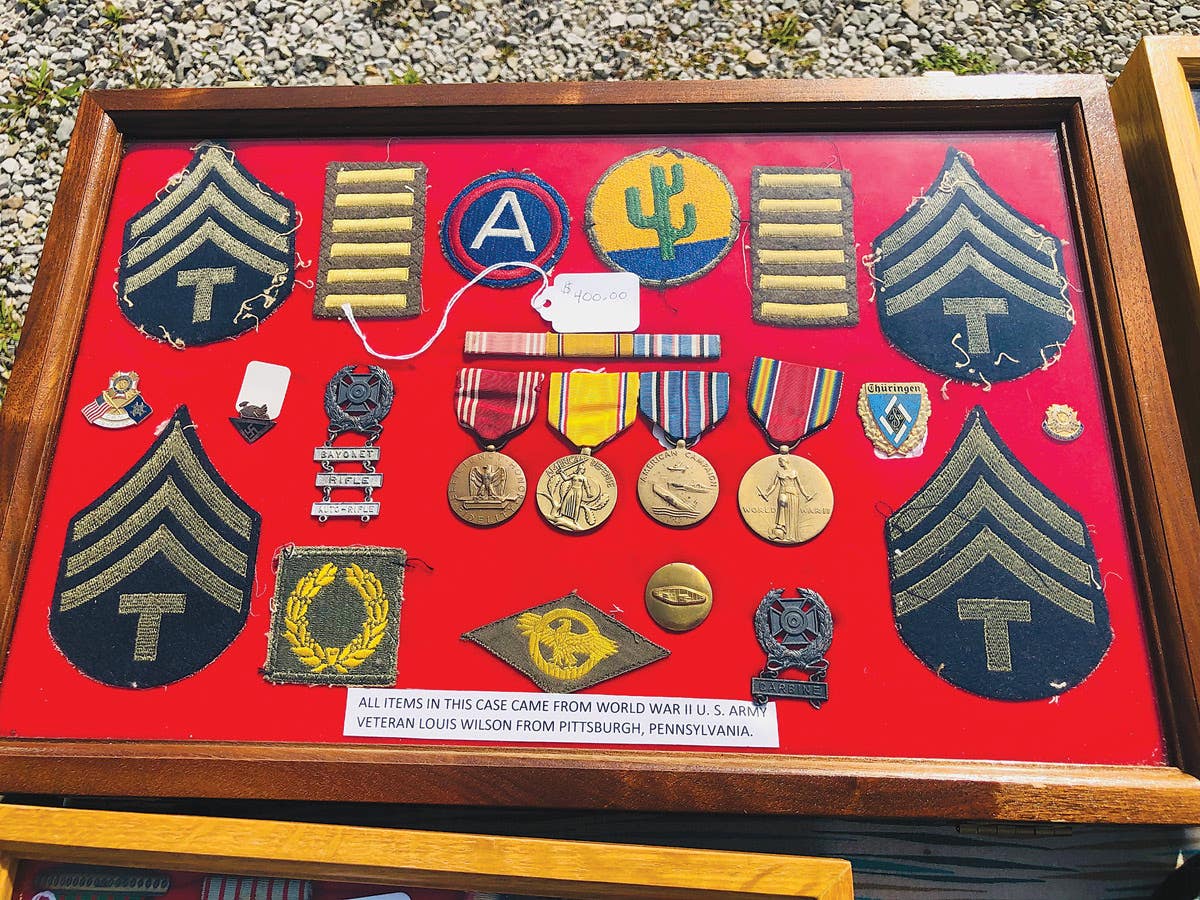‘Kaiserliche Marine’: Collecting the Navy of Imperial Germany
Beginning in the late 1890s, the newly promoted Admiral von Tirpitz started a number of programs in ship building, organization and training that built the “Kaiserliche Marine” (Imperial Navy).
Over the centuries, the splintered parts of what would become the country of Germany had a conflicted and changing past, ruled by tribal chieftains in prehistory, then royal houses from the early Middle Ages to the 19th century. The people of these individual realms were bound together more by bloodlines and custom than anything, until Otto von Bismarck unified the German Empire through political negotiations and the power of the Prussian army in 1871. Navies had previously never been of much interest to the Prussian military, whose leaders concentrated almost solely on land armies to guard their borders. Even so, a limited force of naval ships was developed from the former Brandenburg state navy in the 18th century, for the purposes of coastal security, as an armed merchant marine, and to participate in several moderately unsuccessful skirmishes with neighboring countries.
Following the unification of Germany, von Bismarck, when viewing the naval superiority of other nations, saw a need for a stronger navy and slowly began a buildup of men and vessels. With the crowning of Wilhelm II in 1888, the emphasis on a major naval force intensified, eventually being placed in the hands of Alfred von Tirpitz. Von Tirpitz had been a staff and experienced field naval officer who presented new strategies and armament plans to the Kaiser, who envisioned that these ideas would put the German navy in the same class, or better, than those of the other competing world powers.
Beginning in the late 1890s, the newly promoted Admiral von Tirpitz started a number of programs in ship building, organization and training that built the “Kaiserliche Marine” (Imperial Navy) into a fighting force, second only among nations to the British fleet. By the dawn of World War I in 1914, the programs developed by von Tirpitz had helped arm the German navy with 36 battleships (of which 17 were the new steam-driven, heavy single-caliber gun “dreadnoughts”), seven battle cruisers, 45 submarines and a number of other vessels. Though smaller than the British fleet by 40 percent, the German Imperial Navy still ranked second among the developed nations and contained some of the most technically advanced designs and equipment at the time.
The German surface ships, each with a name prefixed by “SMS” (Seiner Majestat Schiff”– His Majesty’s ship) saw a limited number of engagements during The Great War with only a meager number of successes. At the battle of Coronel off the coast of Chile in November, 1914, a German force attacked a British squadron and won the battle, sinking several British warships while suffering only light casualties. One month later, the same German ships were defeated at the Battle of the Falkland Islands, having spent too much of their precious ammunition during the previous encounter. The Battle of Jutland in May-June 1916, off the coast of Denmark marked the end of major engagements for the German Imperial Navy. During this intense fight, British and German battleships pounded their opponents, causing the total loss of 25 ships and over 9,500 sailors killed or wounded. The overall outcome was hailed a victory by both the Germans and the British: the Kaiser’s forces having sunk more enemy ships and killed more men than their adversaries, while the Brits were able to contain the future movements of the German fleet, keeping most of Kaiserliche Marine ships in port for the rest of the war.
Though German surface vessels were somewhat lackluster in their wartime performances, an armada of submarines terrorized British, Allied and neutral shipping throughout the period. Making thousands of patrols under the seas, these deadly craft sank over 6,000 ships, sending countless enemy sailors and millions of tons of armaments and supplies to their watery graves. Submarine daily patrols ranged far and wide, even crossing the Atlantic to sink ten American ships off the coast of North Carolina. This not only hindered the regular resupplying of the Allied forces, but forced many nations to divert much needed raw materials and personnel into building new ships, and replacing lost crews to keep the supply routes open and their fleets battle-ready.
(as was the European custom of the time to age 3 to 4 years old) with a sailor bib and named (“Condor”) cap. Chris William
Besides taking actions on the seas, the Kaiserliche Marine also developed military units both on the land and in the air. In 1912, the “Marine-Fliegerabteilung” (Naval Aviation Department) was organized with the addition of seaplanes, airplanes, zeppelin airships and observation balloons, along with their bases, crews and support personnel. The naval balloons, seaplanes and 15 rigid airships were mostly used for reconnaissance purposes, while fixed-wing fighter craft took part in short range attacks and bombing raids. The “Marine-Infanterie” (Naval Infantry) was comprised of sailors trained for the rigors of field combat and equipped by the German army. Many of these sailors would be organized as the “Marine-Korps-Flandern” (Naval Corps Flanders) into full divisions. They would see defensive operations protecting the Flanders, Belgium coast (including the ports of Zeebrugge and Ostend) from Allied naval invasions, and participating in the Battle of Ypres.
As the war years continued to take a toll on the German forces, producing millions of casualties and losses of equipment, naval sailors were called in to fight alongside regular army units, engaging the enemy attacks in multiple battlefields. By late 1918, the situation in naval units took a drastic downturn when rumors began that the German high command would order a last ditch “suicide” mission against the British fleet. Sailors refused orders and were arrested, sparking a general mutiny at the port of Kiel, which then spread across the whole of Germany. These acts, in addition to worsening military losses, civilian strikes brought on by food shortages, and a general disillusionment in the public helped the allies in their final victory over the German Empire.
When hostilities came to an end, most German weaponry and equipment, including naval ships were to be turned over to the victors as war reparations, and to ensure the disarmament of the German military, leaving the country with only a token defense force. On June 21, 1919, sailors and their officers of the German Kaiserliche-Marine scuttled 52 of their own prized ships in Scapa Flow, a British Naval Base where they were interned after surrender at war’s end. A final defiant act from proud warriors following a shameful defeat.
During their time in service, Kaiserliche Marine soldiers donned uniforms that were similar to those of other countries prevalent during the late 19th and early 20th century. Depending on the occasion, enlisted men wore dark blue or white pull over jumpers with matching pants and Necker chiefs. Cloth patches were sewn to the left sleeves of the jumpers, showing their specialties and rank. Metal specialty badges, such as those of the submarine service, were pinned to the front left of the jumper. In cooler weather, a heavy wool dark blue pea coat could be worn which kept the sailors dry and warm. While toiling on ship or shore, more simple rugged work clothing was issued to better fit their needs and reduce wear. Blue or white “Donald Duck” caps were worn that featured cap bans with ship or base information printed in block lettering across the front below roundels of the imperial national colors. Tan pith helmets with colonial badges were worn by German naval troops when stationed in the hot climates of far-off Imperial colonies. During land duty, leather belts, ammo pouches and other needed personal combat equipment were the same as those worn by the army, as were the standard firearms supplied to the naval personnel.
Officers wore dark blue coats with double rows of brass buttons, matching slacks, white shirts with high or low collars and black ties. Rank was shown by a progressive number of gold bands sewn to the base of each coat sleeve. Dark blue or white top peaked visor caps with leather bills were fronted with the imperial naval badge of a bullion crown over a red, white and black roundel framed with a bullion oakleaf wreath. During formal occasions epilates were be added to officer’s tunics along with wearing appropriate medal bars and an imperial naval dagger with a crown pommel. Higher ranking officers often wore a” Grosse Uniform” consisting of a long dark double-breasted coat, off color open lapels, gold woven high collar, fringed epilates, a bullion belt with buckle and a fore-and-aft cap sided with a bullion braided rope band. A beautiful gold colored, lion’s head Naval “schwert” (sword) was often worn during formal events as an age-old sign of authority.
When sidearms were required, officers and NCOs carried a variety of weapons ranging from single action Reich’s revolvers in the earlier periods to naval PO8 (Luger pistols) later on. Many other types would make their way into naval arsenals as war losses shortened supplies and made substitutes required. If on shore in hostile areas, officers could carry a variety of foreign and domestic small caliber “pocket pistols” or holstered sidearms for their own protection.
At the end of the war, the Kaiserliche Marine quickly became only a shadow of its former self; reduced by the Treaty of Versailles to a total force of 15,000 men with a painfully small number of military ships left at their disposal. Sailors of the fleet found themselves unemployed in a devastated land, feeling that their country’s government had not given them its full support, compounded by the Kiel mutinies. Many joined left-wing communist or socialist organizations fighting in the streets during the chaotic post-war period as the Weimar Republic tried to establish order in the demoralized and beaten country. This would all change over the next few decades when Hitler’s Third Reich began clandestine, then openly public rearmament programs which would once again bring the German Navy into the forefront of naval warfare.
be awarded to Italy as war reparations and see service as the “Ancona” until 1937, at which time she was scrapped. Chris William
Chris William
Chris William has been a long-time member of the collecting community, contributor to Military Trader, and author of the book, Third Reich Collectibles: Identification and Price Guide.
"I love to learn new facts about the world wars, and have had the good fortune to know many veterans and collectors over the years."
"Please keep their history alive to pass on to future generations".







